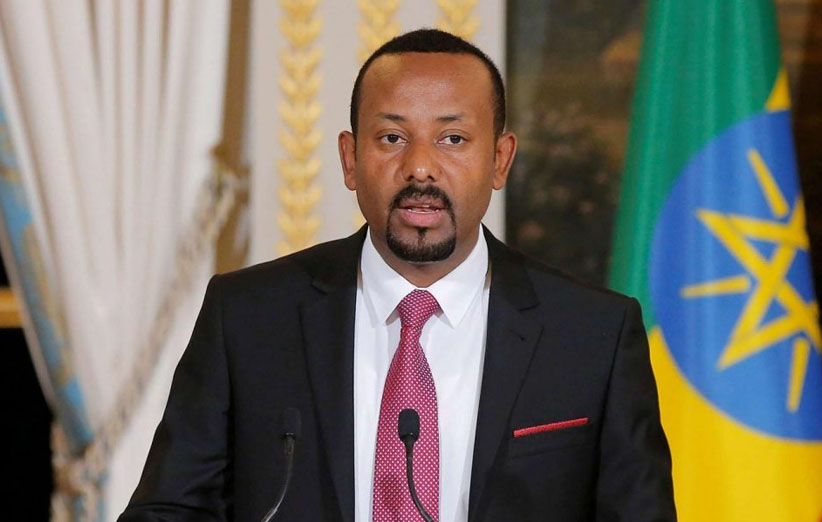(4 minutes read)
· Ethiopian Prime Minister Abiy Ahmed hailed the “historic” early filling of a massive dam on the Blue Nile River
· Addis Ababa has been telling that it would fill the dam’s reservoir during the middle of its rainy season
· Both Egypt and Sudan wanted to hammer a trilateral agreement before filling of the dam
Ethiopian Prime Minister Abiy Ahmed hailed the “historic” early filling of a massive dam on the Blue Nile River. The dam has been stoking tensions with neighbors Egypt and Sudan. Abiy said that the first round of filling is a historic moment that showcases Ethiopians’ commitment to the nation building.
The Grand Ethiopian Renaissance Dam (GERD) has attracted a fair share of controversies and tensions between Egypt, which claims that the dam would cause considerable damage to its environs by causing floods and droughts. Ethiopia laid the foundation for the controversial dam in 2011. The other disputant is Sudan, whose adverse impact is adjudged as minimal.
Addis Ababa has been telling that it would fill the dam’s reservoir during the middle of its rainy season. Both Egypt and Sudan wanted to hammer a trilateral agreement before filling the dam. In the next few days, the three countries are coming on board to negotiate the agreement under the aegis of African Union. The filling of the dam, before the meet, might accentuate the tensions among the three countries, experts point out. Leaders from the three countries had agreed to continue with the negotiations, despite the fact that no concrete progress has emerged after several rounds of talks among them.
With the filling of the reservoir with 4.9 billion cubic metres (173 billion cubic feet) of water, Ethiopia is now in a position to test its first two turbines. This is a critical step toward actually producing energy. Ethiopia wanted the dam to be fully operational by early 2023.





